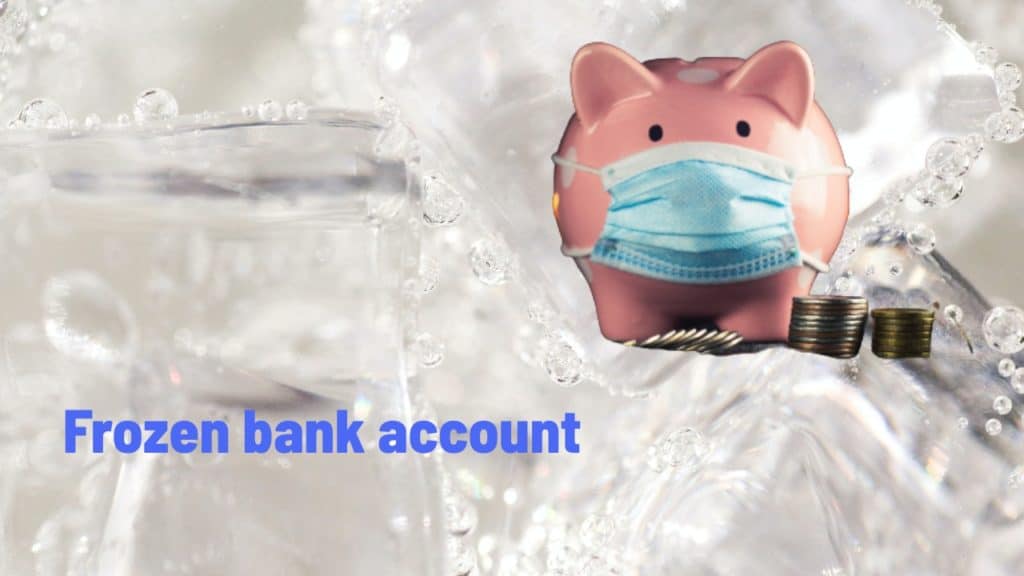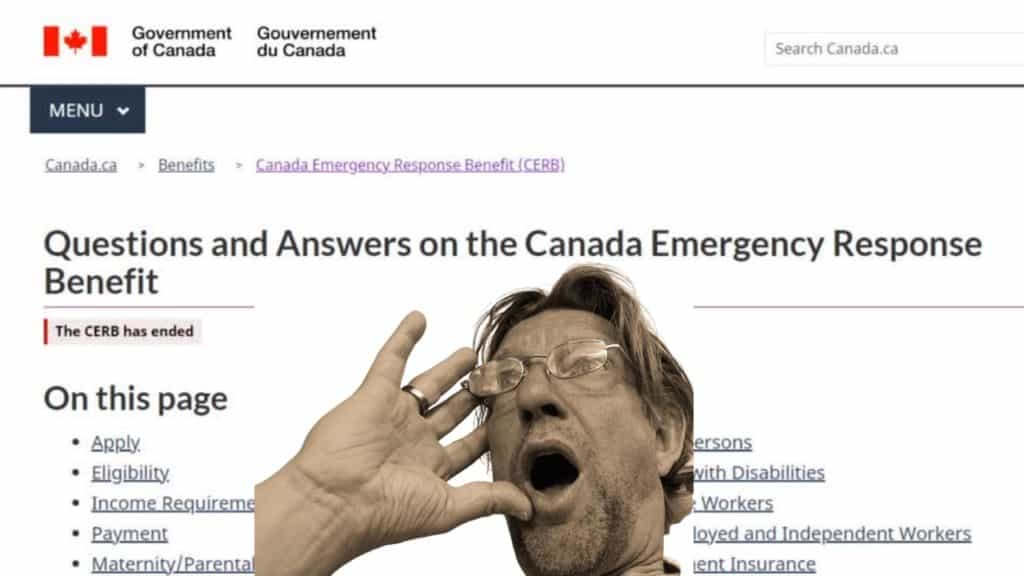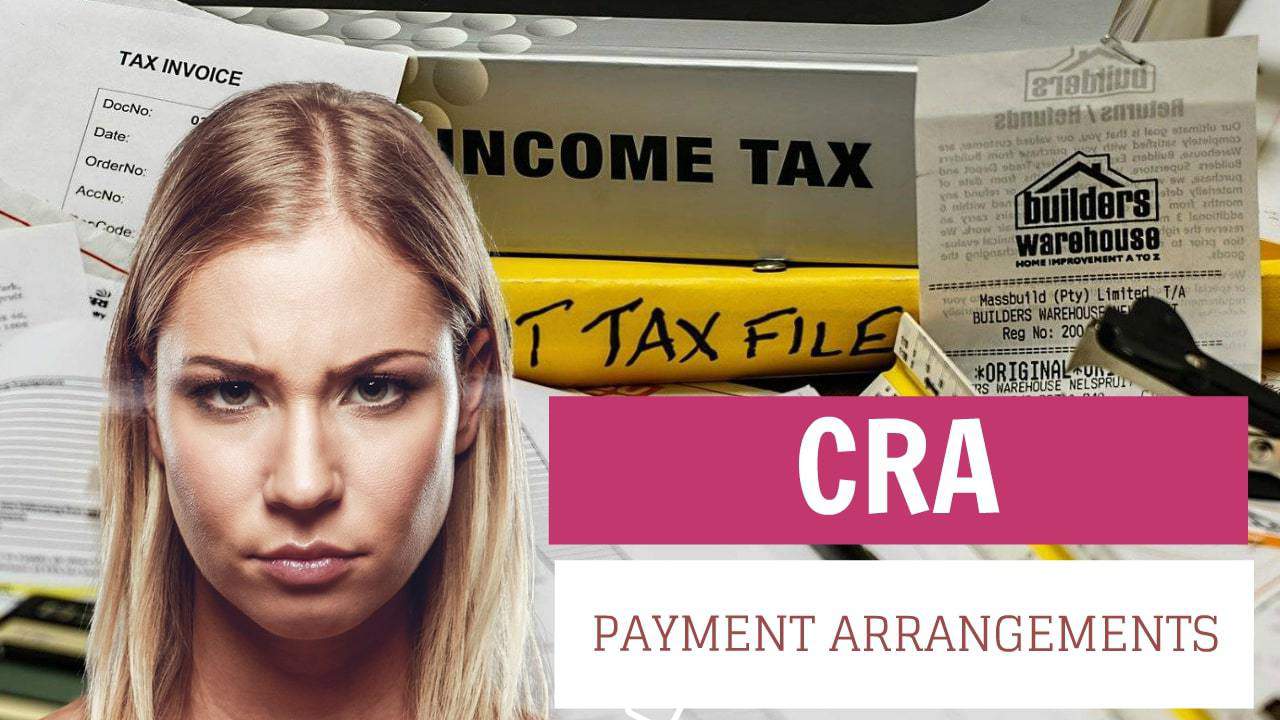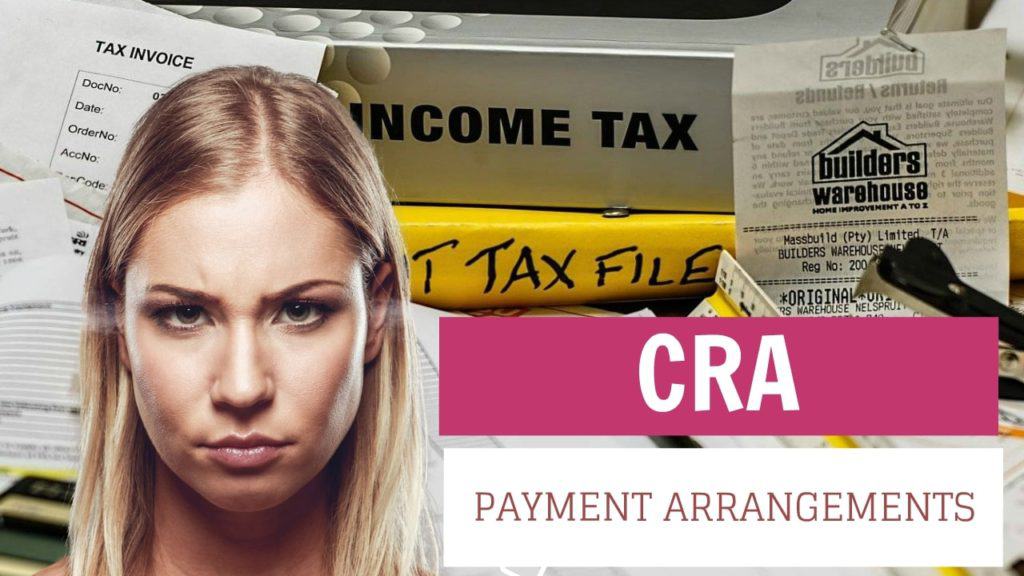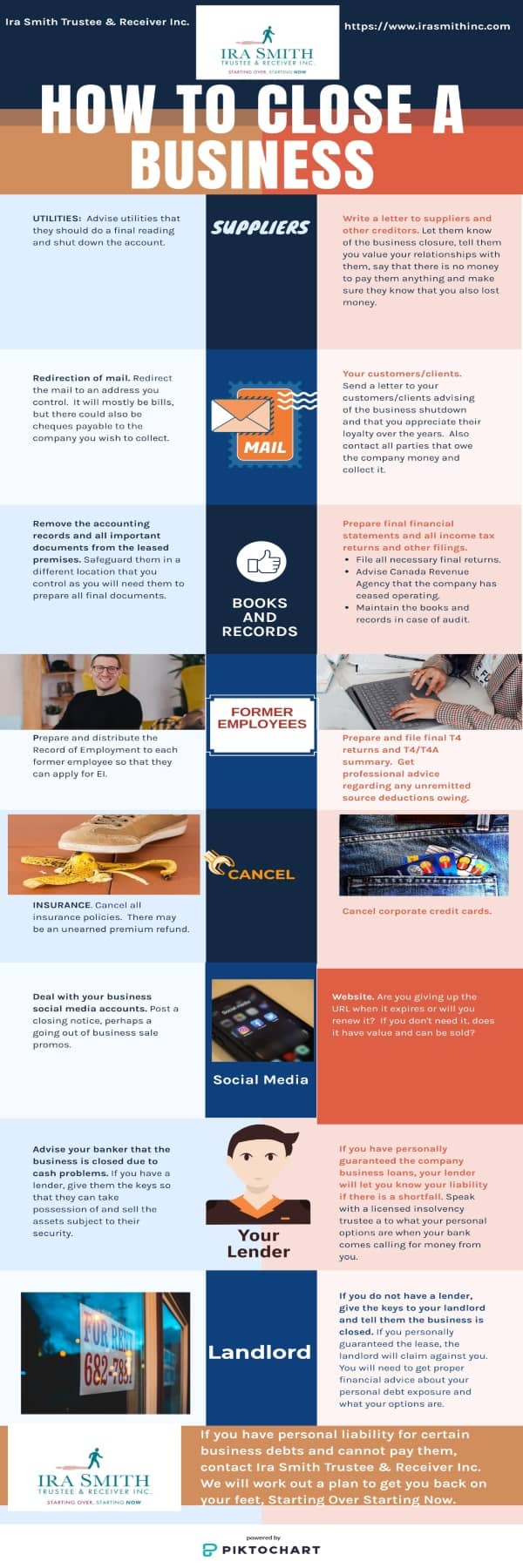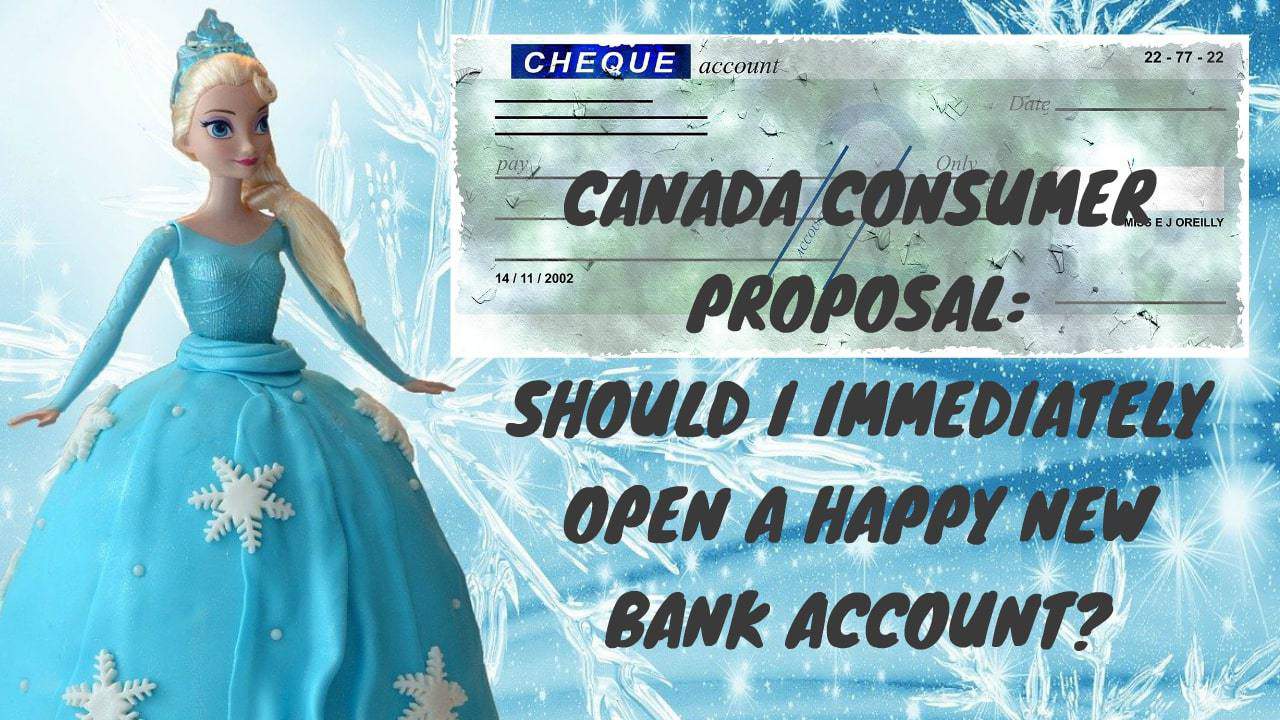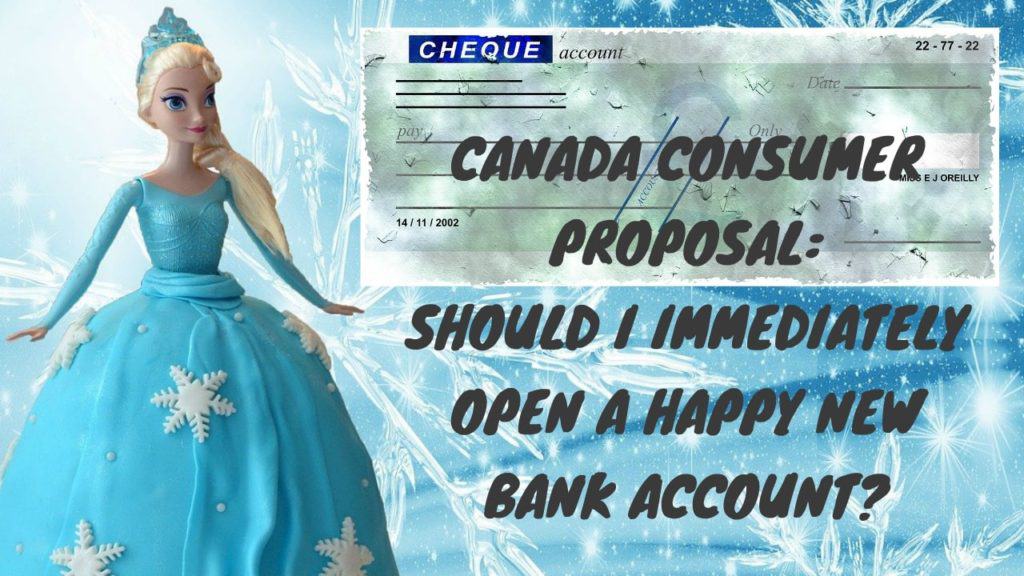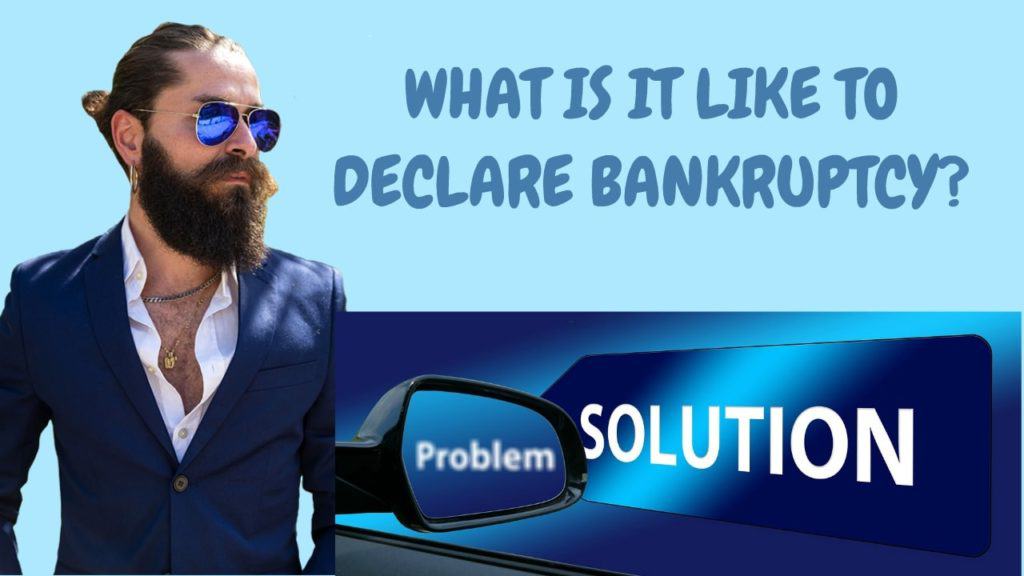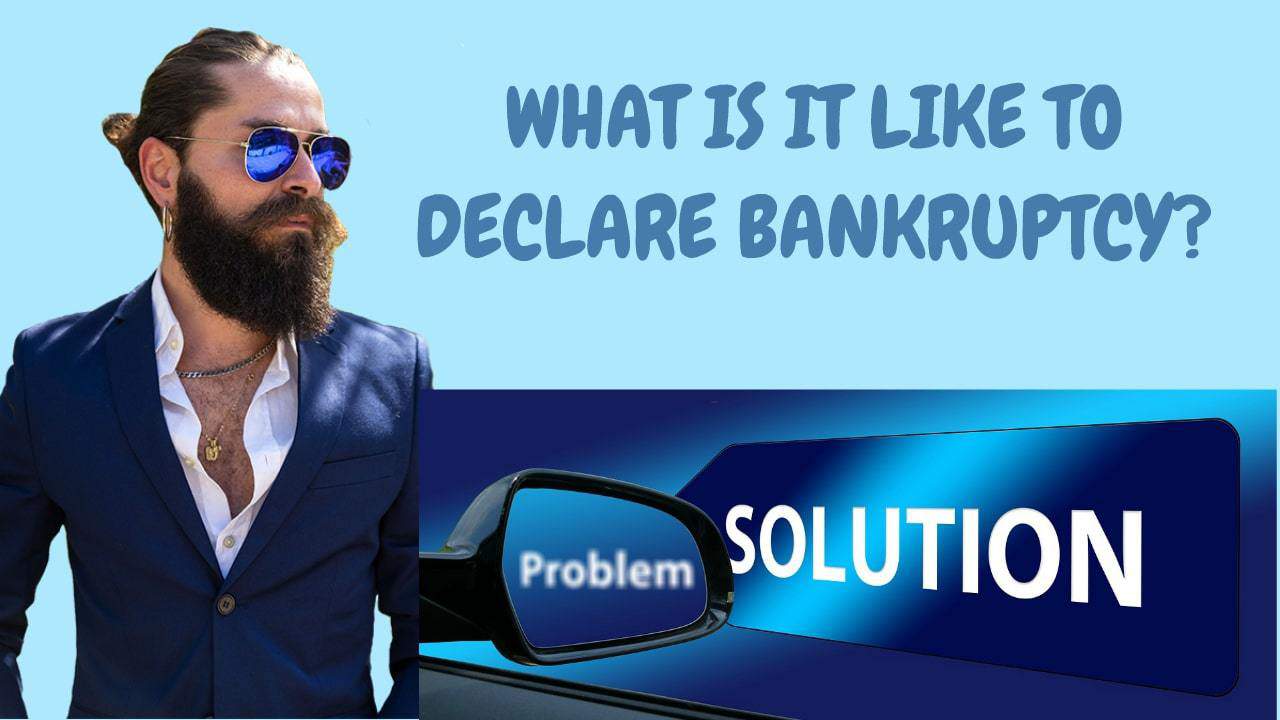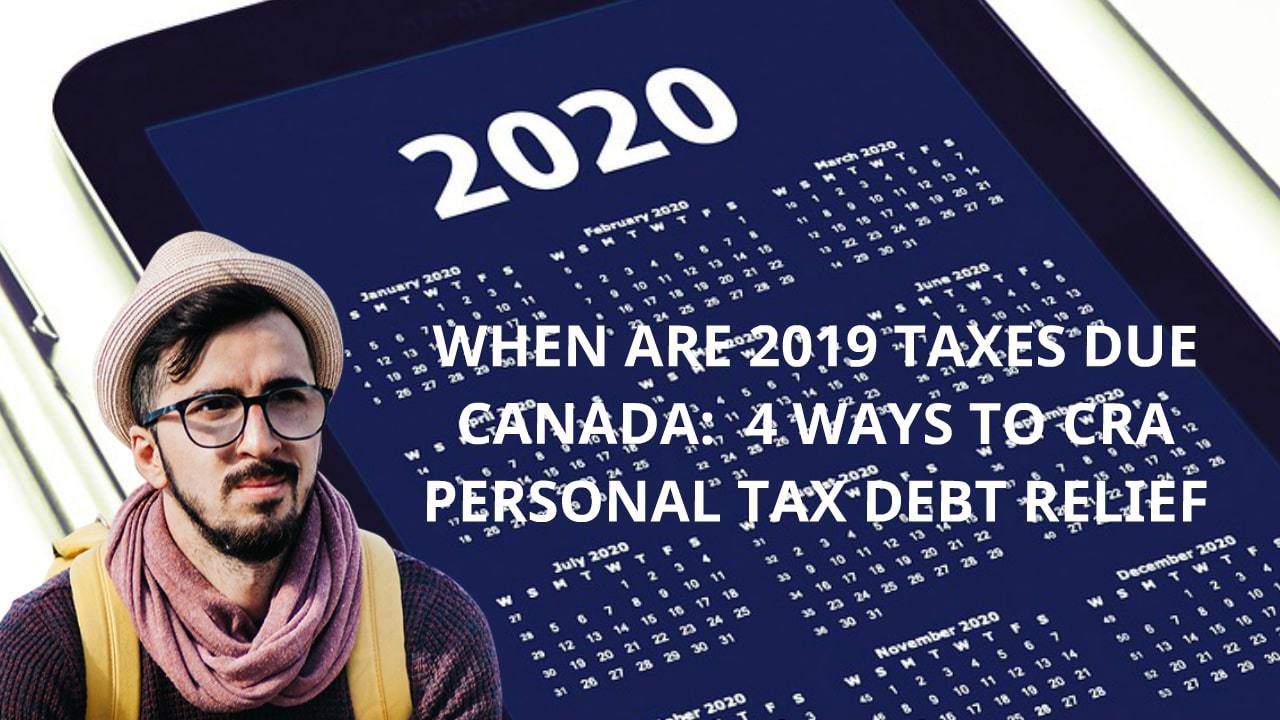We hope that you and your family are safe, healthy and secure during this COVID-19 pandemic.
Ira Smith Trustee & Receiver Inc. is absolutely operational and Ira, in addition to Brandon Smith, is readily available for a telephone consultation or video meeting.
what does receivership mean
What does receivership mean: Receivership is for secured claims
What does receivership mean? A receivership is an enforcement proceeding that helps secured creditors recover secured debts on debtor defaults on loan payments from troubled companies. There are two types of receivers and receiverships: Privately-appointed receivers and court-appointed receivers.
As you can tell from the title of this Brandon Blog, I am not going to be writing about receiverships. You can take a look at my April 14, 2021, Brandon Blog titled “WHAT IS A RECEIVERSHIP? OUR COMPLETE GUIDE TO RECEIVERSHIP SOLUTIONS” to read all about what receiverships are.
What does receivership mean? It is a remedy for secured creditors.
I want to go through two more concepts quickly, and then I will get to what I really want to talk to you about today.
What does receivership mean: Bankruptcy vs. receivership
Despite the fact that receivership and bankruptcy sometimes get used interchangeably, they are not the same thing. A bankruptcy proceeding and a receivership proceeding are both legal actions conducted under the Bankruptcy and Insolvency Act (Canada) (BIA) and governed by the Office of the Superintendent of Bankruptcy (OSB). According to the BIA, either a receiver or a bankruptcy trustee in Canada needs to be a licensed insolvency trustee, whose license is granted and whose actions are supervised by the federal government’s OSB.
Here is where the similarities end. In a receivership, a secured creditor would either hire a receiver privately or ask a court to place a company into receivership and appoint one to liquidate the collateral they have against the debtor. According to the Canadian bankruptcy process, either the person or company voluntary files for bankruptcy with a licensed insolvency practitioner, or one or more unsecured creditors apply to the Court for the appointment of an insolvency trustee to administer the bankruptcy Estate.
Licensed insolvency trustees are needed in both cases. The receivership procedure is a secured creditor’s remedy and bankruptcy is an unsecured creditor‘s remedy. To read up more on the bankruptcy process, look at my September 30, 2020, Brandon Blog “DECLARE BANKRUPTCY: A COMPLETE GUIDE ON WHAT IS IT LIKE TO DECLARE BANKRUPTCY“.
What does receivership mean? Not the same as bankruptcy.

Employee Rights in Bankruptcy Protection and Bankruptcy⁄Receivership
Bankruptcy protection can be gained to try to make a troubled company stable and then return the company to profitability by filing pursuant to either the BIA or the Companies’ Creditors Arrangement Act (CCAA), employees retain their right to unpaid wages, vacation pay, and severance or termination pay. There is no difference between filing and not filing. They are unsecured creditors of a troubled company, and the company directors are personally responsible for amounts owed to employees.
For the company in receivership or bankruptcy, the employees do have greater rights. The receiver of a company in receivership must register with Service Canada under the Wage Earner Protection Program Act (WEPPA) for the Wage Earner Protection Program. This program provides some compensation to eligible employees who are owed money by a bankrupt or receivership company.
To read more about WEPPA, take a look at my February 10, 2020 Brandon Blog, “SEVERANCE PAY ONTARIO & BANKRUPTCY-BARRYMORE FURNITURE UNPAID WORKERS ANGRY“.
So what does receivership mean to an employee with unpaid wages? It means they can claim a priority and get paid by Service Canada.
What does receivership mean: Receivership – a typical appointment
Now I will get to what this Brandon Blog is actually about. In Canada, it is the norm for secured creditors advancing loans secured against company assets, to also take a personal guarantee on the same debt from the principals of the company. In all entrepreneurial companies in Canada, that is at least the president running company affairs. If the lender-secured creditor suffers a shortfall from the liquidation of the company assets, the lender then looks to the guarantor(s) of the company debt to make good on the lender’s loss. Many times the company president/guarantor has no choice but to file consumer bankruptcy.
I was involved in a bankruptcy discharge hearing for one of our personal bankrupts in April 2021. He caused his company, being its sole Director, to file for bankruptcy with another Trustee. That same Trustee was also appointed as the company’s private receiver by the secured creditor. The company president provided the secured creditor with a personal guarantee.
Realizing that they would suffer a shortfall from the company situation, rather than suing on their personal guarantee, they approached us to consent to act as the Trustee in a Bankruptcy Application against the company president. We consented and the company president ultimately consented to a Bankruptcy Order being made to put him into bankruptcy with my Firm as the Trustee.

What does receivership mean: The bankruptcy of the guarantor
We administered the consumer bankruptcy. There were some assets to realize upon which we did. One realization required court approval as we were selling seat licenses and the right to purchase tickets for the Toronto Maple Leafs to a related party. The bankrupt person’s largest single consumer creditor was Canada Revenue Agency for unpaid income tax. The company in receivership was also a creditor as the president owed the company money. The secured creditor of the company was also an unsecured creditor of his in his personal bankruptcy for the personal guarantee on the shortfall.
The known creditors each filed their respective proof of claim in his bankruptcy, including the company by its privately-appointed receiver. We believed that the company by its receiver was a creditor for the amount of the shareholder loan owing to the company. The proof of claim they filed was for a much larger amount. As Trustee, we neither admitted nor disallowed any proofs of claim filed in this bankruptcy estate. The Trustee would have to take a cold hard look at the receiver’s proof of claim at some future date it is determined that a dividend will be paid to the creditors in this bankruptcy estate, which is highly unlikely.
What does receivership mean: The receiver opposes a bankruptcy discharge
Only one unsecured creditor opposed the bankrupt’s discharge. That was the receiver, or more correctly, the company in receivership by its privately-appointed receiver. The Trustee had not opposed. The lender, as an unsecured creditor, did not oppose either along with the other consumer creditors.
As I mentioned, in April 2021, the discharge hearing was held before the Master sitting as Registrar in Bankruptcy Court. The court raised a novel issue. Does the receiver have the standing to oppose the bankrupt’s discharge? The court allowed the hearing to be completed and allowed the parties to file further submissions, subsequent to the hearing, on this issue. Submissions were received from us, the
Trustee and from the Receiver in mid-May, 2021. The bankrupt took no position on the issue.

Does the Receiver have standing to oppose the bankrupt’s discharge?
Here is what I wrote to the court.
The security documents under which a privately-appointed receiver is appointed will determine if an unsecured amount owing by a bankrupt debtor is an asset secured by security held by a creditor over the assets of another party. If so, then the privately-appointed receiver has the right to file a proof of claim in the debtor’s bankruptcy as part of attempting to realize upon that asset forming part of the secured creditor’s collateral.
In doing so, the privately-appointed receiver is acting as Agent for the secured creditor. If the privately-appointed receiver files a proof of claim in the bankruptcy that is not disallowed by the licensed insolvency trustee administering the bankruptcy estate, then, in order to oppose the discharge of the bankrupt, the privately-appointed receiver must also be able to be the Agent for the debtor in receivership.
If the security under which the privately-appointed receiver is appointed allows for that receiver to operate the business of the debtor in receivership, then that receiver has the ability to be an Agent of the debtor in receivership and bring a claim in the name of that debtor.
In this matter, of the various pieces of security held by the secured creditor, only the General Security Agreement (the “GSA”), allows a receiver appointed in writing under it to operate the business of the debtor company. Under the GSA, the privately-appointed receiver has the ability to act as both Agent of the secured creditor and Agent of the company. The appointment letter appointing the receiver confirms that the appointment is under all security held, including the GSA.
Therefore, my opinion was that although we have concerns about the amount being claimed, the receiver has the ability to both file a proof of claim in this bankruptcy and oppose the discharge of the bankrupt as an Agent of the company. I believed it aided the administration of this bankruptcy to allow the receiver to oppose because it is able to draw the attention of the court to conduct of the bankrupt of which the court otherwise might not be aware of.
Finally, I advised the court that if there still was concern that it is formal defect or irregularity section 187(9) of the BIA, the court can determine that such formal defect or irregularity will not invalidate the opposition to the discharge of the bankrupt.
What the bankruptcy court decided
The court accepted our submission and agreed with it. The court continued to be skeptical of the amount of the company’s proof of claim filed by the receiver. The court noted that as Trustee, I reported that the bankrupt has fulfilled all statutory duties. Income and expense statements were provided and there was no surplus income payable.
On a general perusal of the Trustee’s s. 170 report, the Trustee does not report any significant misconduct or concerns but reserved its rights as to its position on the discharge pending the hearing and matters disclosed therein. In the court’s view, the Trustee’s non-opposition to discharge is a factor favouring the bankrupt’s discharge. After considering all facts, the court gave the bankrupt an absolute discharge from bankruptcy.

What does receivership mean summary
I hope that you found this what does receivership mean Brandon Blog helpful in describing the role of a privately appointed receiver especially in opposing the discharge of the bankrupt guarantor of the company’s secured debt. Problems will arise when you are cash-starved and in debt. There are several insolvency processes available to a person or company with too much debt. You may not need to file for bankruptcy.
If you are concerned because you or your business are dealing with substantial debt challenges, you need debt help and you assume bankruptcy is your only option, call me.
It is not your fault that you remain in this way. You have actually been only shown the old ways to try to deal with financial issues. These old ways do not work anymore.
The Ira Smith Team utilizes new modern-day ways to get you out of your debt difficulties with debt relief options as an alternative to bankruptcy. We can get you the relief you need and so deserve. Our professional advice will create for you a personalized debt-free plan for you or your company during our no-cost initial consultation.
The tension put upon you is big. We know your discomfort factors. We will check out your entire situation and design a new approach that is as unique as you and your problems; financial and emotional. We will take the weight off of your shoulders and blow away the dark cloud hanging over you. We will design a debt settlement strategy for you. We know that we can help you now.
We understand that people with credit cards maxed out and businesses facing financial issues need a realistic lifeline. There is no “one solution fits all” method with the Ira Smith Team. Not everyone has to file bankruptcy in Canada. The majority of our clients never do as we know the alternatives to bankruptcy. We help many people and companies stay clear of filing an assignment in bankruptcy.
That is why we can establish a new restructuring procedure for paying down debt that will be built just for you. It will be as one-of-a-kind as the economic issues and discomfort you are encountering. If any one of these seems familiar to you and you are serious about getting the solution you need to become debt-free, contact the Ira Smith Trustee & Receiver Inc. group today.
Call us now for a no-cost consultation.
We hope that you and your family are safe, healthy and secure during this COVID-19 pandemic.
Ira Smith Trustee & Receiver Inc. is absolutely operational and Ira, in addition to Brandon Smith, is readily available for a telephone consultation or video meeting.


